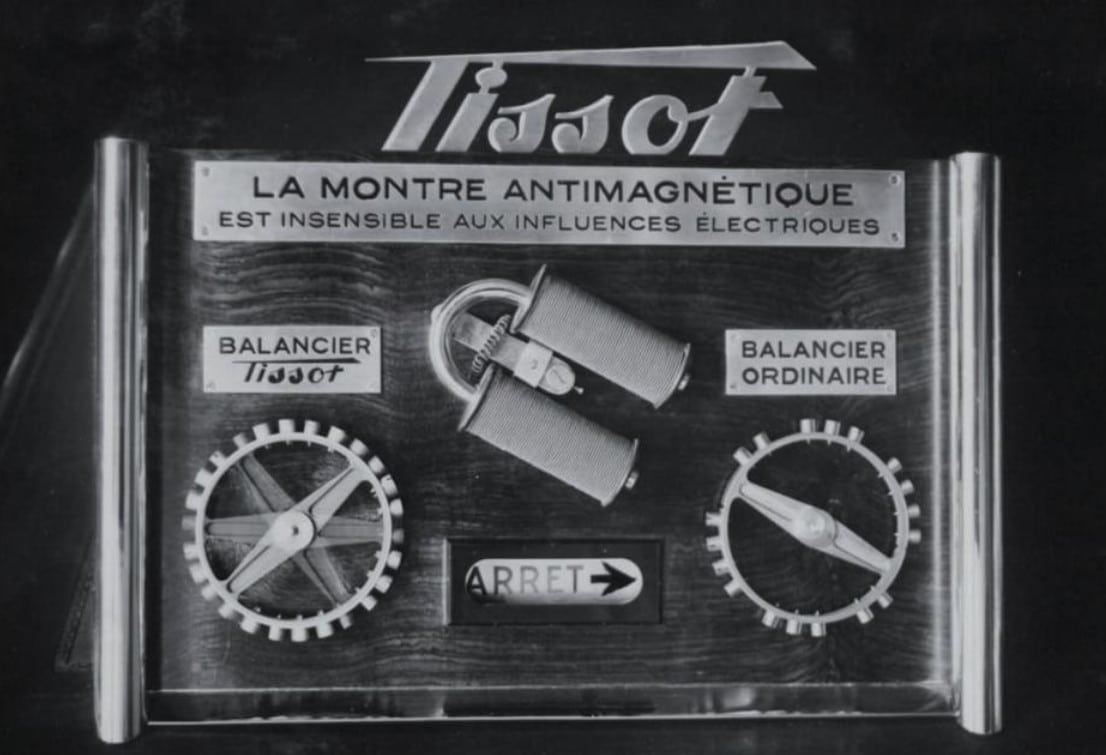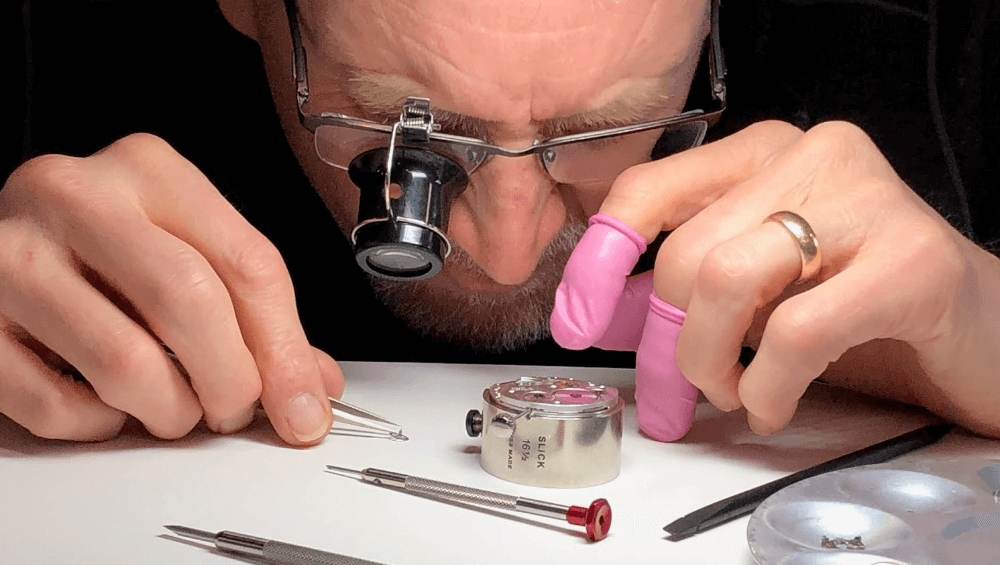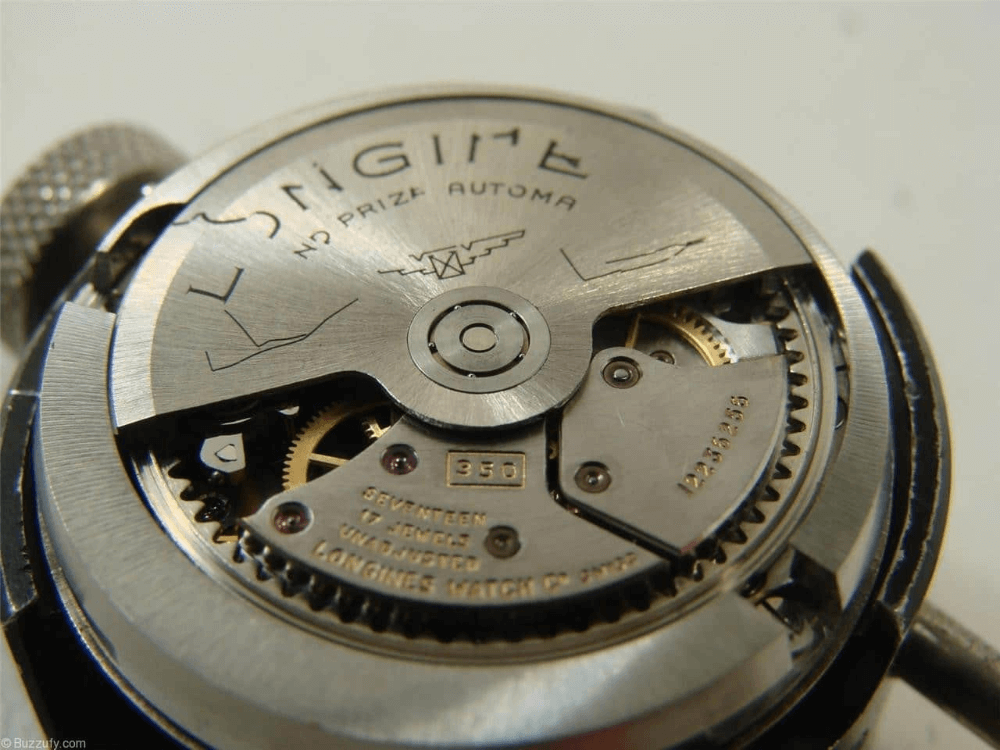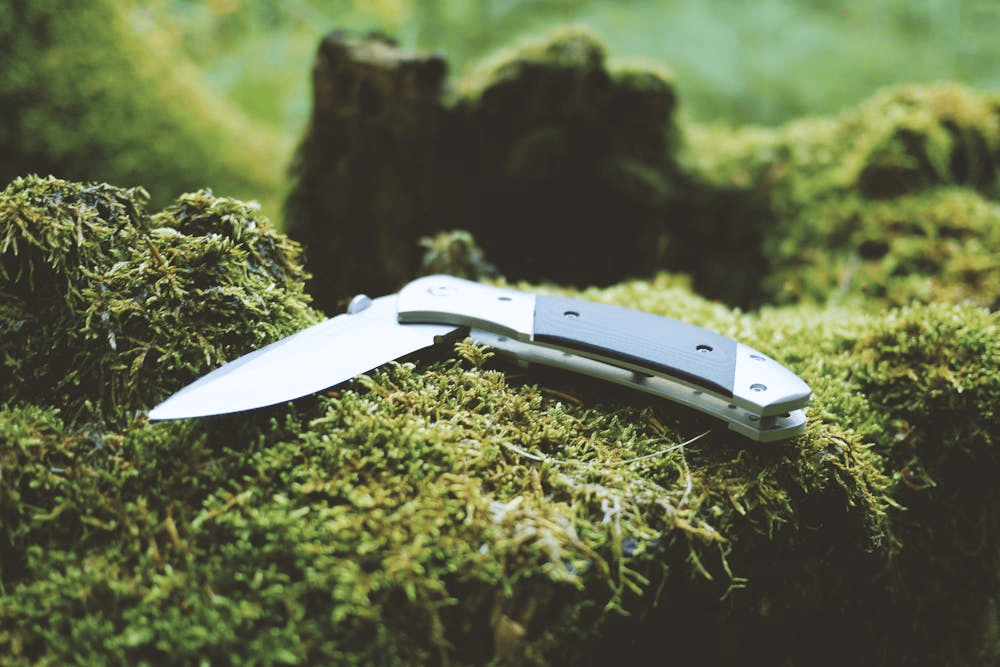Unfortunately, watchmaking has numerous enemies that affect the mechanical heart of certain timepieces, or even damage them irremediably. To combat these, Tissot has introduced a new material in its watch collection: silicon.
Shocks, corrosion, friction, damp, magnetic fields, wear and tear – the life of a watch is not always easy. Contrary to what one might think, they are not comfortably installed on a wrist away from all danger, but each day, come across many situations that are dangerous for the watch, the case, and the movement inside it.

Since the 1930s, Tissot has been working to find innovative solutions to produce timepieces that are reliable and accurate at a reasonable price.
Magnetic fields: enemy nº 1
Don’t bother to try looking for culprits: they are everywhere – and they are invisible! In fact, magnetic fields fill our everyday world, from the fridge that you open to grab a bottle of milk to the handbag with a magnetic clasp where you keep your purse, house keys and mobile phone. So many ordinary objects and actions that, despite everything, have an impact on the life of a watch. Why?
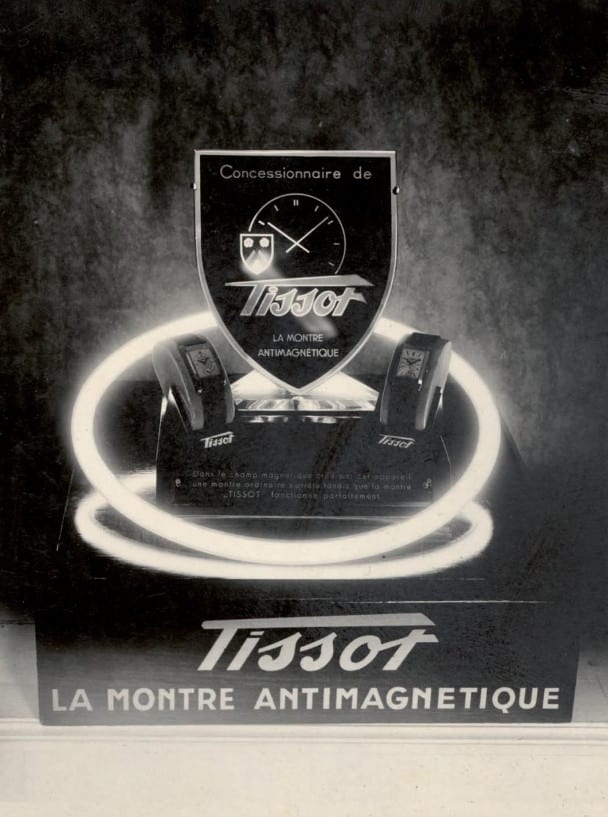
Because “strong magnetic fields can affect accuracy, especially in mechanical watches. They disturb the natural functioning of certain components, like the balance wheel that guarantees accuracy” explains Louis Nardin, watchmaking journalist and author of the excellent practical guide La Magie des Montres (The Magic of Watches). And a timepiece that loses its accuracy and is therefore no longer reliable is no longer useful.
The first innovations
At the beginning of the 20th century, watchmakers became aware of the problem of magnetism, and decided to protect their mechanical workings from its harmful effects. Vacheron Constantin was the first to take action, designing an antimagnetic pocket watch in 1915. Fourteen years later, in 1929, it was the turn of Tissot to present the first wristwatch called simply Tissot Antimagnétique (Tissot Antimagnetic).
Made of resistant metals of the soft iron type, this model obtained very good results in the tests conducted by the Swiss laboratory Recherche Horlogère de Neuchâtel (Neuchâtel Watchmaking Research). Antimagnetism, guaranteeing accuracy, became the object of a quest within the Le Locle factory where in 1938 the firm installed a “chrono-electromagnet” – a device that produced magnetic fields of differing intensities and enabled the resistance of timepieces to be tested.
There are many solutions: alloys of metals that are not susceptible to magnetic fields or the use of a soft iron case to protect the movement. However, the best solution today is to use silicon.
Silicone, a reliable solution
A new material appeared in watchmaking at the beginning of the 21st century: silicone, especially “in certain parts of the movement that are delicate, such as the components of the escapement” continued Louis Nardin in his work before specifying further on, “like the spring, the lever or the escape wheel.” The first person to use silicone in the collections from 2006 among the watches of the Swatch Group was Breguet, particularly with the Classique 5197 model that included an escape wheel, a lever and a flat spring in silicone.
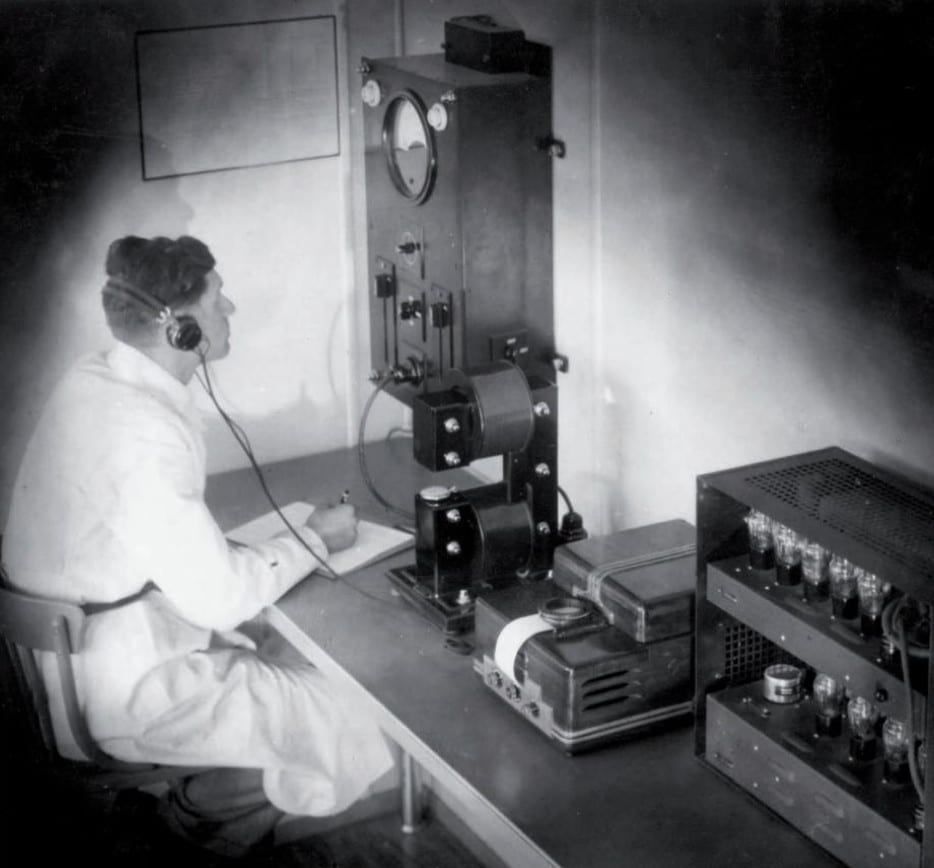
There are many advantages with this material. In fact, “silicone is able to work without lubrication, and has other qualities: it is non-magnetic, hard, light – which means that it has a low density and resists corrosion, and this is a fundamental quality for the watchmaking world”, as you can read in La Conquête du Temps (The Conquest of Time – Flammarion), a real bible of the history of watchmaking wirtten by Dominique Fléchon.
Unaffected by magnetic fields or corrosion yet light and hard at the same time, not needing lubrication, silicone is a sort of superhero destined to protect our watches.
The watch ready to fend off danger
This year, after the Prestige names of the Swatch Group (Breguet, Omega and Jaquet Droz), it is Tissot’s turn to reap the benefits of silicone technology. The factory at Le Locle is actually introducing this magic material within its mechanical movements, especially for the Ballade collection from the T-Classic family. With a timeless attraction, reliable movement and really reasonable price – this is the recipe for success chez Tissot!
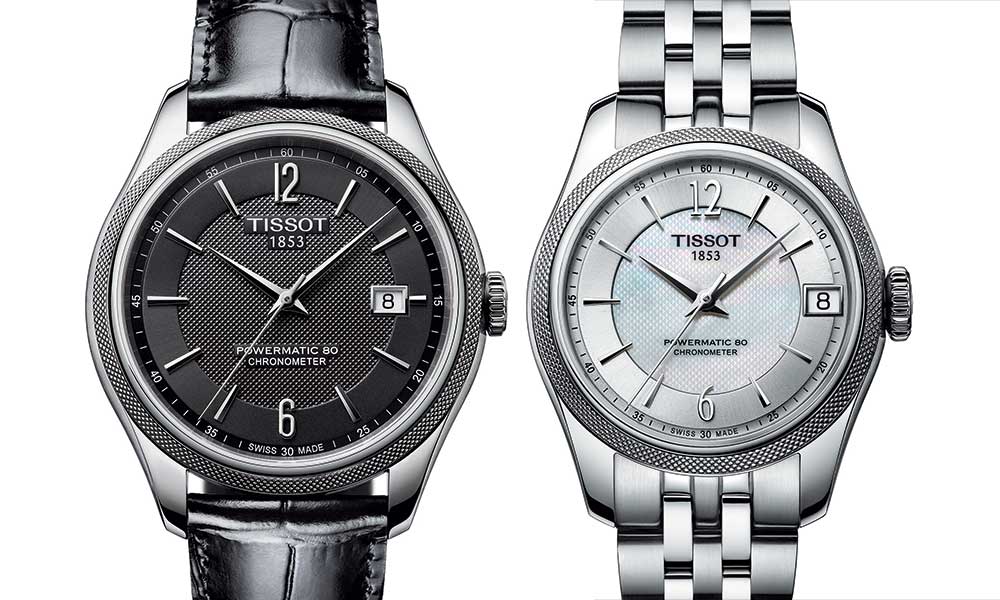
Fitted with a silicone spiral balance wheel, the famous Powermatic80 movement, a COSC-certified chronometer, self-winding, that powers the time-keeping and calendar functions of the Tissot Ballade collection while providing an impressive 80-hour power reserve. It is held in a steel case – polished or partially covered in PVD yellow or rose gold – available in four different diameters (41, 39, 32 or 30.6mm).
The Clous de Paris motif that covers the fixed bezel is also found in the middle of the dial. Two dauphine-shaped hands in the centre – silver or gold coloured – that display the hours and minutes lie above an hour rim with markers and Arabic numerals mounted on it. The seconds are also marked in the centre by a fine seconds hand while the date is shown in a display at the 3 o’clock position.
